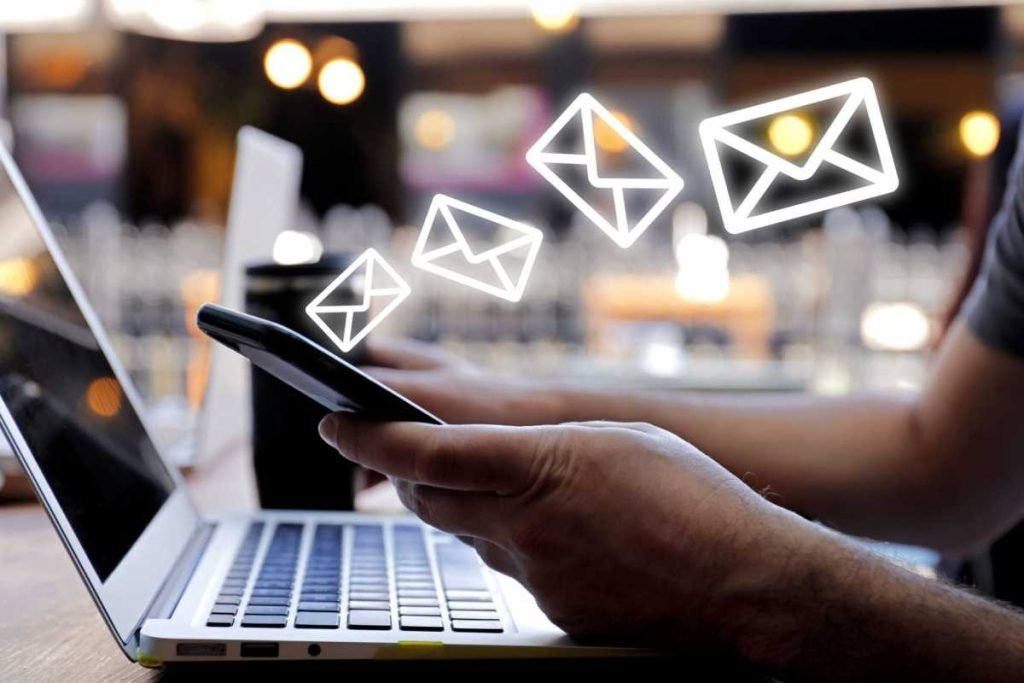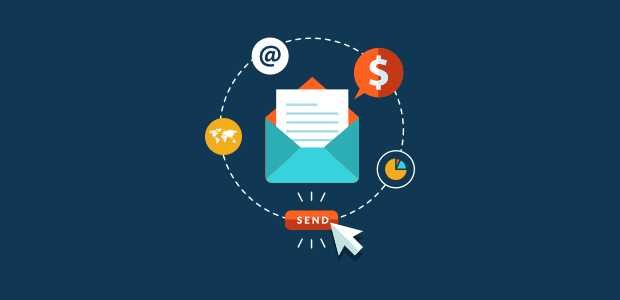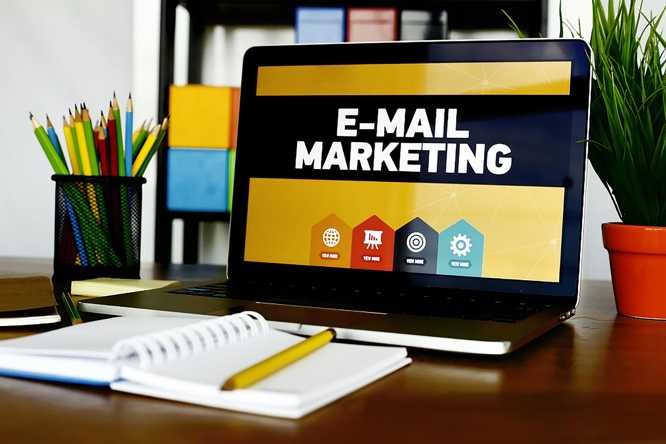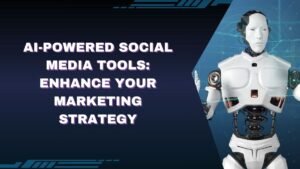In the fast-paced realm of digital marketing, email campaigns stand out as a timeless and effective method for engaging with your audience. As the complexity of customer interactions increases, mastering email marketing automation tools has become a necessity for businesses looking to scale their efforts and deliver personalized, targeted content. In this comprehensive guide, we will delve into the intricacies of implementing automation tools, providing you with a step-by-step roadmap for optimal results.

1. The Evolution of Email Marketing Automation:
The journey towards email marketing mastery begins with understanding the evolution of automation tools. In the early days, email marketing primarily involved manual processes such as sending bulk emails and basic tracking. Today, sophisticated automation tools have transformed the landscape, offering features like advanced segmentation, personalized messaging, and behavior-triggered responses.
2. Navigating the Tool Landscape:
Choosing the right email marketing automation tool is a critical decision that impacts the success of your campaigns. Explore popular options such as Mailchimp, HubSpot, and ActiveCampaign, considering factors like user-friendliness, integration capabilities, scalability, and pricing. Your selected tool should align seamlessly with your business objectives and adapt to your evolving needs.
3. Building a Foundation with an Opt-in Email List:
Automation tools are only as effective as the quality of your email list. Cultivate a strong foundation by building an opt-in email list. Employ segmentation strategies based on demographics, preferences, and behaviors to tailor your messages. A well-segmented list lays the groundwork for targeted campaigns that resonate with specific audience segments.
4. Crafting Compelling Content:
While automation streamlines processes, the core of successful email marketing lies in compelling content. Develop a robust content strategy that includes a variety of content types such as email sequences, newsletters, and drip campaigns. Consistency and value should be central to your content creation, ensuring that each communication adds meaningful engagement.
5. Orchestrating Automated Workflows:
Automation truly shines in its ability to create intricate workflows that respond to user actions. Map out your customer’s journey and design workflows for various scenarios, such as welcome series for new subscribers, abandoned cart emails, and re-engagement campaigns. These automated pathways guide your audience seamlessly through the sales funnel.
6. Unleashing the Power of Personalization:
Automation tools empower marketers to deliver highly personalized experiences. Incorporate dynamic content and personalized messaging based on user data, such as names, locations, and past interactions. The goal is to make each email recipient feel seen and understood, significantly enhancing engagement and conversion rates.
7. Testing and Continuous Optimization:
A/B testing is a fundamental aspect of email marketing optimization. Experiment with different elements like subject lines, email copy, and calls-to-action to discern what resonates best with your audience. Continuous optimization, driven by real-time analytics, ensures that your campaigns remain relevant and effective, adapting to changing audience preferences.

8. Real-time Monitoring and Analytics:
Effective email marketing requires vigilant monitoring of campaign performance. Leverage the robust analytics provided by your chosen automation tool to track key metrics such as open rates, click-through rates, and conversion rates. Analyzing this data provides valuable insights into subscriber behavior, facilitating informed decisions for future campaigns.
9. Compliance in the Digital Landscape:
In the era of data privacy, staying compliant with email marketing regulations is paramount. Keep abreast of regulations like GDPR and CAN-SPAM, and leverage features within automation tools to manage consent and unsubscribe requests. Compliance not only avoids legal issues but also builds trust with your subscribers.
10. Integration for Holistic Marketing:
Email marketing should seamlessly integrate with other channels for a holistic marketing strategy. Connect your automation tool with social media platforms and CRM systems to create a synchronized approach. This synergy enhances the overall customer experience, enabling more precise targeting and a cohesive brand message.

In conclusion, mastering email marketing through automation tools is a dynamic journey that requires a strategic and iterative approach. By understanding the evolution of automation, carefully selecting the right tool, and following the comprehensive steps outlined above, you can elevate your email marketing strategy to new heights. The goal is not just to save time but to deliver exceptional value through personalized and targeted communication, fostering stronger connections with your audience and driving sustained business success. As you embark on this journey, remember that mastery is an ongoing process, and each refinement brings you closer to achieving optimal results in your email marketing endeavors.



